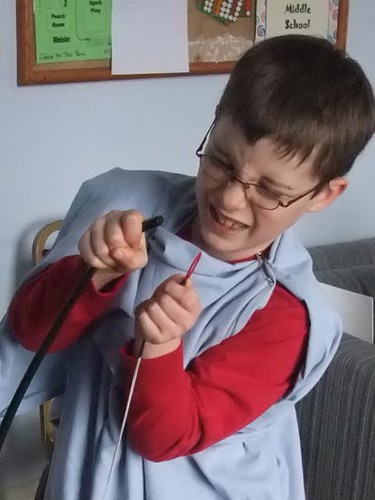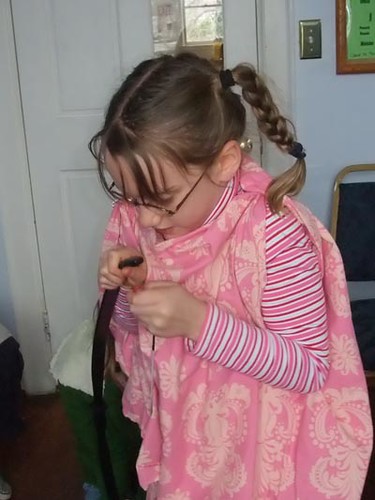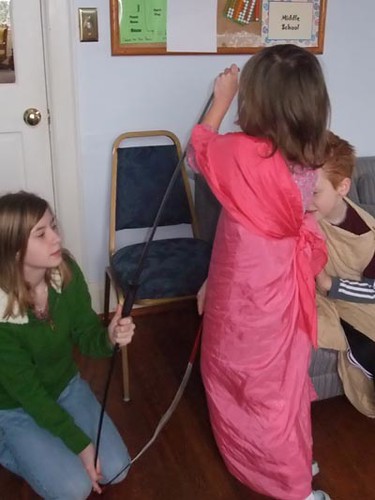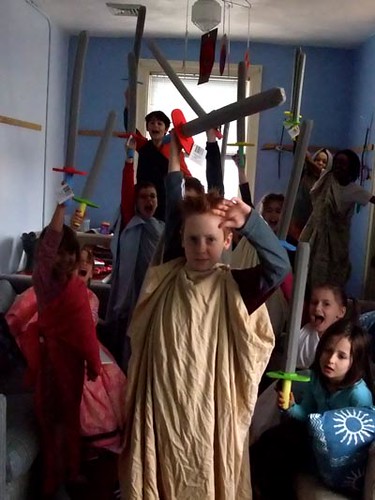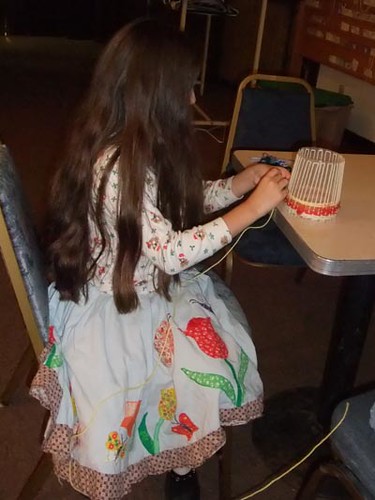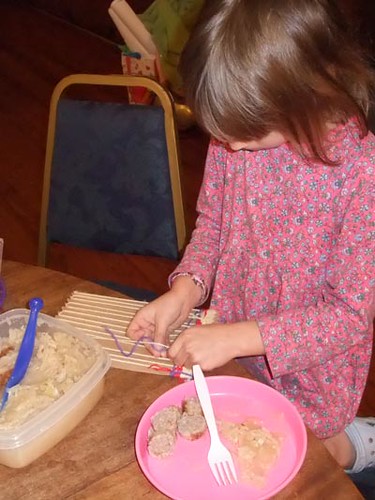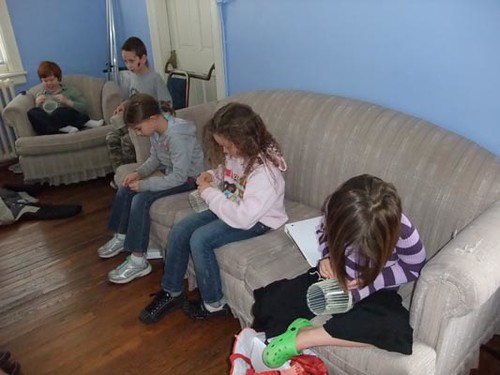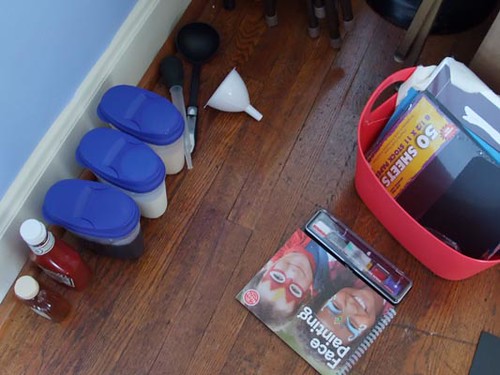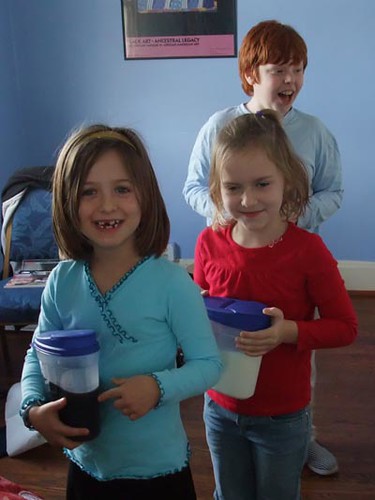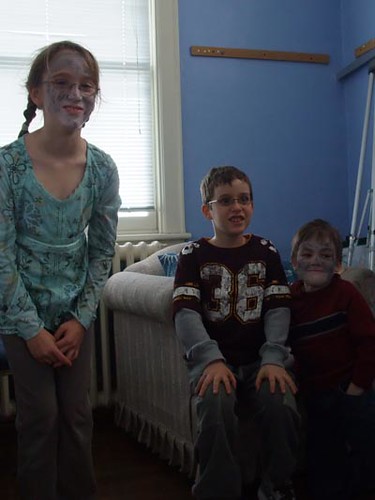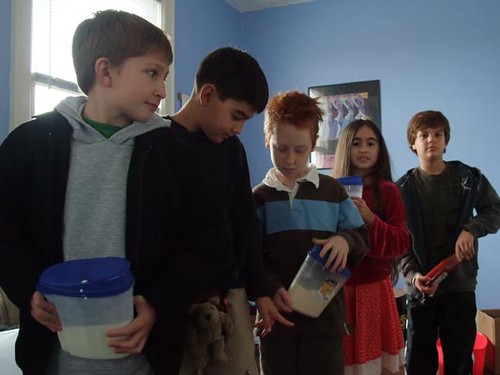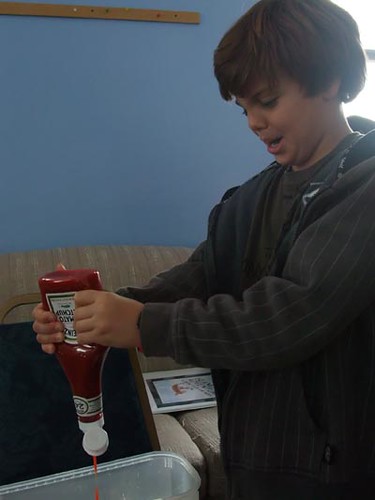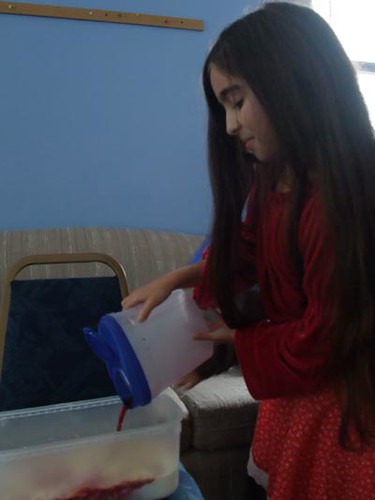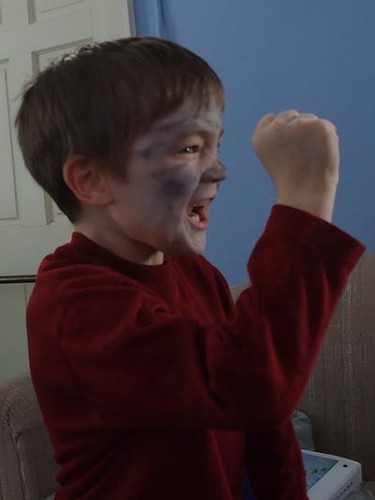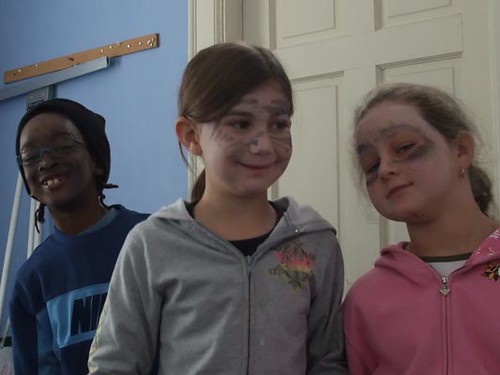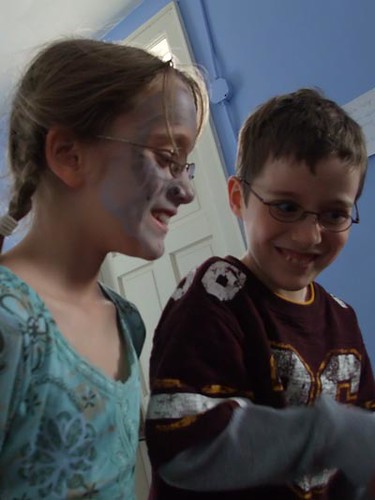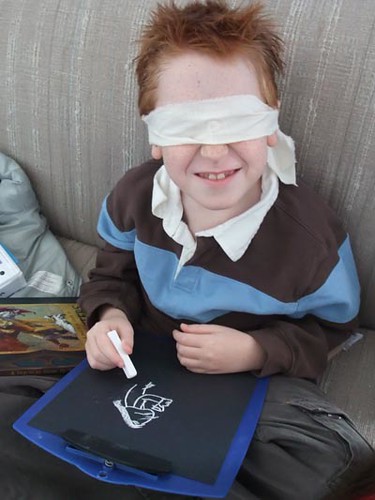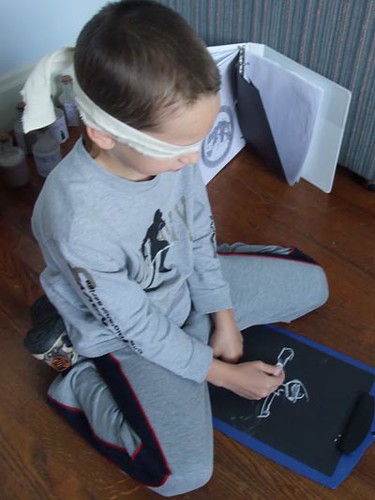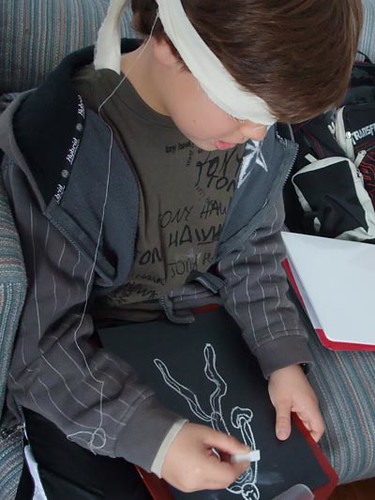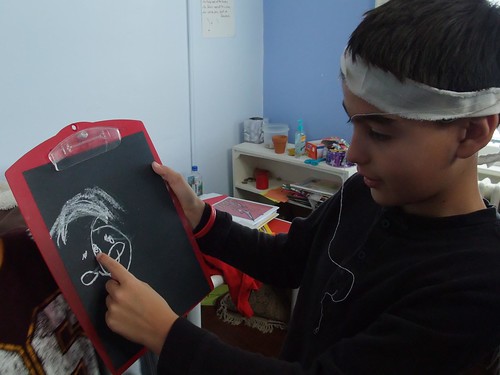 This post relates to my literature class for children at Homeschool Out of the Box co-op in Norfolk, VA. This semester we are reading The Aeneid, using Penelope Lively's book In Search of a Homeland, and other supplemental materials. For other lessons, please click the Aeneid tag at the bottom of this post.
This post relates to my literature class for children at Homeschool Out of the Box co-op in Norfolk, VA. This semester we are reading The Aeneid, using Penelope Lively's book In Search of a Homeland, and other supplemental materials. For other lessons, please click the Aeneid tag at the bottom of this post.Overview: The lesson to be learned from this event involves the concept of civilization and what it means to be civilized. The Romans valued their civility highly, and dinner parties were an opportunity to express these qualities in public. They practiced rituals, demonstrated courtesy and respect, and strictly adhered to traditions and conventions. It was very important for the Romans to define themselves as civilized and therefore superior to the barbarian cultures around them. As we discussed in The Jungle Book, a colonizing nation must see the colonized people as "other" and also as inferior, so that the invasion can be seen as helping the dominated peoples, and the conquerors can be seen as saviors.
The interesting thing about the Roman dinner party is that compared to a dinner party today, it's not very civilized at all! As I asked the kids... if someone came to your house for dinner and they sat on the floor, ate with their hands from the serving dishes, and maybe excused themselves to vomit in between courses, would that be civilized? What if they weren't wearing any pants? Today's standards of "civilized behavior" are different from the Romans' standards -- but who's to say that in another 2000 years people will find it low and vile to eat with forks and put napkins in our laps? So, during the party, you want to underscore the importane of the Roman rituals and behaviors, and pretend to be very proud of your intensely refined and civilized behavior.
Preparations:
Step one: Prepare the food and drink. We used olives, boiled eggs, raw cabbage, chicken, pepperoni, grapes, apples, pears, figs, and dates.

We decanted white grape juice into empty bottles that we had labelled appropriately.

Step two: Set the mood with some music. If you have any musicians skilled in playing the lyre, call on them now. We downloaded a Synaulia album and played that on a CD player.
Step two: Set the table. Remember that Romans ate close to the floor. You can simulate this by using a regular folding table without folding out the legs. Drape some fabric over the whole table, including some on the floor where the guests will recline. You'll need a centerpiece that can later be offered as a sacrifice. We used a cabbage.

Step three: Invite in your guests! Encourage everyone to dress up.

The Dinner:
Toast: Give everyone a cup with some ice in it. Explain about how the Romans didn't have refrigerators or freezers, but they did acquire ice from the mountains and keep it cold in deep pits. Boast that the fact that you have ice at your dinner party reflects your intense civilization and impressive wealth. A common table wine was called Mulsum, which was water, wine, and honey. Ask your students why the Romans might have watered down their wine, especially considering that dinner parties sometimes went on for hours. Have the slaves pour out the "wine" and then toast Rome!
Appetizers: You can give each guest a napkin with which to eat, but remind them that in Roman times they would have had their own napkin which they would bring from home to any dinner party they attended, kind of like a personal hankerchief. Pass around the eggs and olives. Talk about how a really great appetizer in Roman times would have been a stuffed dormouse.
Main course: Explain that Romans didn't eat a lot of beef, because they used their cows for work. After a few years of work, a cow would be so tough and chewy that you'd have to cook it for a week before it was edible. Why go through all that drama when you could cook up a pig right away. Pigs didn't have to work, and pork was the Romans' favorite meat.

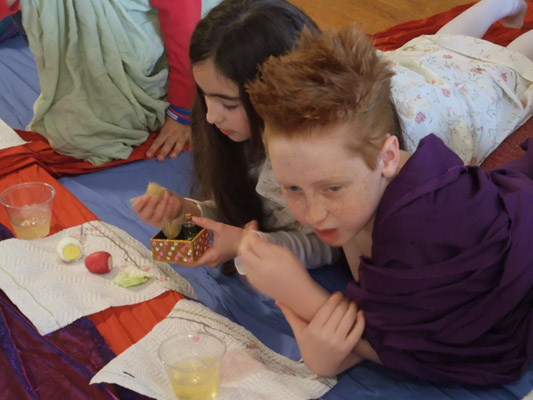
Sacrifice: Between the main course and the dessert, the Romans paused to sacrifice to their household gods. Here is our altar:

Have one guest bring the sacrificial cabbage, and another light the candles. Then observe a moment of silence during which you respect your Roman values, and the ideas that are important to your family.

Dessert: Pass around the fruit, including the dates and figs, which some of your guests might find unfamiliar.
Entertainment:
After dinner, invite your guests to entertain the group with poetry recitation, song, and dance. Celia M. and Sarah R, from our academic track class, were able to recite the soliloquy from Julius Caesar, and Martina E. set a new record for memorizing the Virgil, at 6 lines in Latin. In the enrichment track class, one of our slaves brought Max N.'s little brother Seth, who recited eight lines of Shakespeare to my amazement! He was immediately granted citizenship in the class. The enrichment track class also engaged in some dancing after dinner:

Guests can also entertain themselves by playing Knucklebones or Latrunculi.
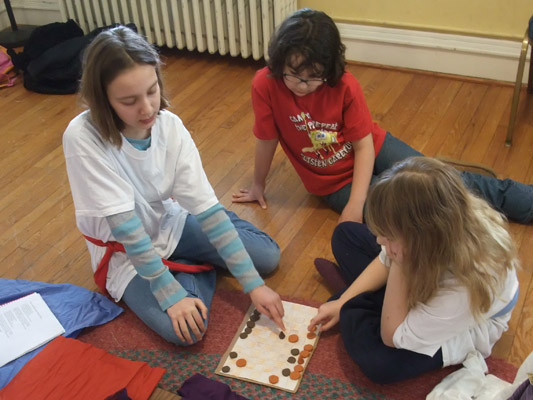

I sent all my friends out to carouse through Rome after my party was over. I hope they all had a wonderful time! Didn't see a picture of your child? or just want to see more pictures of our awesome class? Click here for more Aeneid Class pictures.
Assignment for next week: Make sure you have read through chapter 3 in the book. By now everyone should have a copy! :) Next week we will be making mosaics. Please let your children have a look at some mosaic tile work online. Here's another page with mosaics, and another page.


